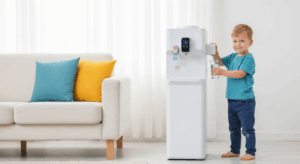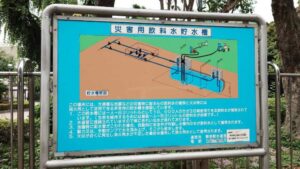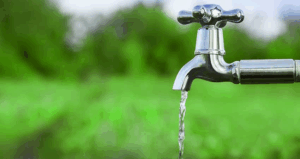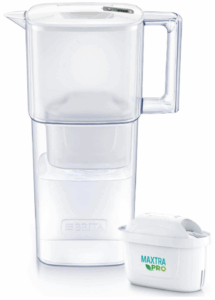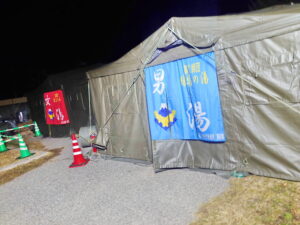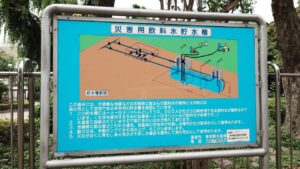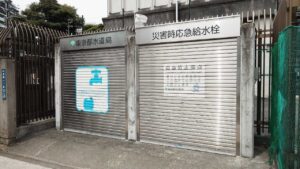“Even If You’re Fine, Never Run Out of Water for Your Baby — Are You Prepared for What Comes After Your Emergency Stock Runs Out?”
In the event of a major disaster, adults may be able to go without water temporarily, but for babies, water is a matter of life and death. Safe water is essential for mixing formula, daily bathing, handwashing, and sterilizing feeding equipment.
The Tokyo Metropolitan Government recommends storing “3 liters per person per day for 3 days” as emergency drinking water, but this is the bare minimum for adults. What happens when your stock runs out and getting to a water station becomes difficult? Do you know how to protect your baby’s water supply beyond that point?
This article explains practical knowledge and preparations to ensure safe water for your baby during disasters.
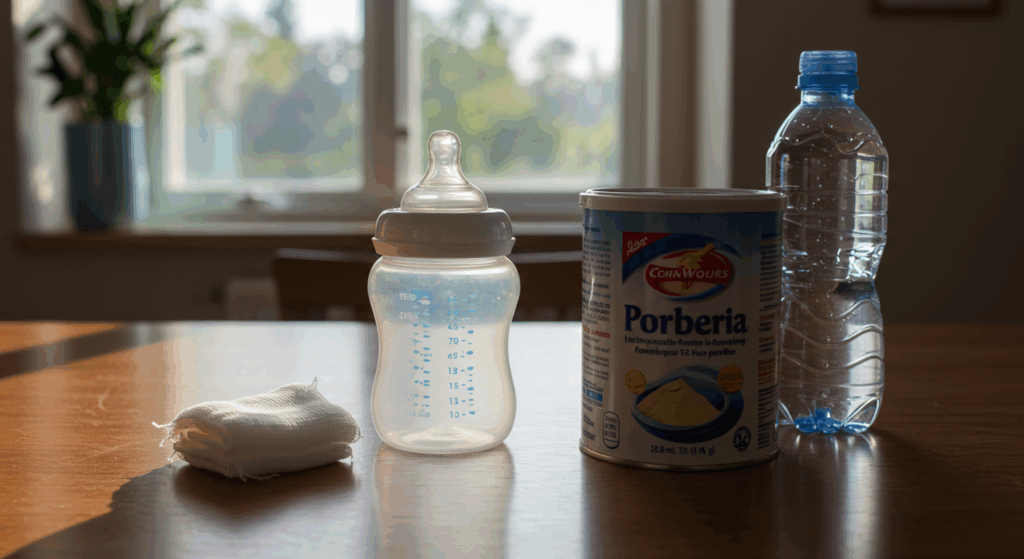
1. Understand How Much Water Your Baby Needs
For babies, water needs go beyond drinking. You also need water for hygiene — wiping the body, washing bottles, and more. While actual needs vary by age, the daily estimate including formula and hygiene use is as follows:
| Age | Daily Formula Amount | For Wipes & Cleaning | Total Daily Water Needed |
|---|---|---|---|
| Newborn to 6 months | 600mL–1,200mL | Approx. 500mL | 1.1–1.5L |
| 7 months to 1 year | 500–700mL (with solid food) | Approx. 500mL | 1.0–1.2L |
These are general estimates and may vary depending on your child’s condition and the weather. Adjust based on your baby’s regular formula intake.
Babies who drink formula depend entirely on water for hydration — meaning households with babies need more stored water than those without.
2. Securing Water in Phases: From Bottled Water to Water Stations
After a disaster, the method for securing water changes over time.
Phase A: Bottled Water (0–7 Days After Disaster)
For the first 3 to 7 days, you’ll rely on the bottled water you’ve stored at home.
The “3L × 3 days” recommendation by Tokyo is for adult drinking water. If you have a baby, make sure to store extra water beyond that baseline.

Phase B: Water Stations (3–7 Days After Disaster)
From the third day onward, as stored water runs low, emergency water stations set up by local governments become the main source. These are typically opened within 24 to 72 hours after the disaster. Check your municipality’s website for locations, opening hours, and limits (search terms like “Emergency Water Station + [your city]” can help).
In some areas, baby-related water needs may be prioritized.
In Tokyo, there’s no strict limit on how much water you can receive at these stations. However, water is heavy — carrying 4 to 5 liters might be the upper limit for many people. Consider the distance to the station and what kind of containers you’ll use.
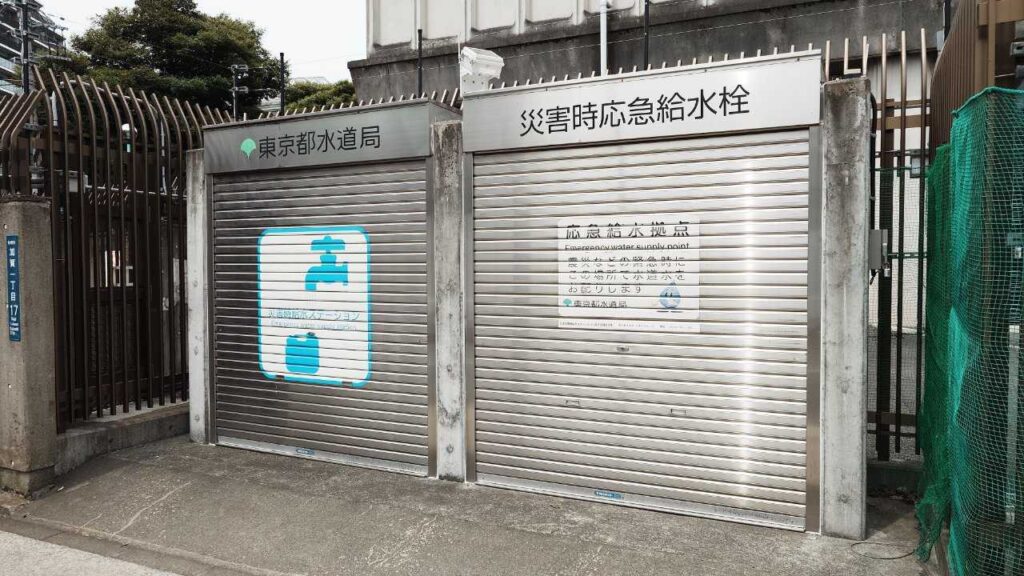
3. Phase C: How to Secure Your Own Water and the Importance of Disinfection
If water stations become inaccessible or run low, you’ll need to collect alternative sources and disinfect them to make them safe for use.
A common emergency source is leftover bathwater. But bathwater isn’t safe to use for baby hygiene or drinking unless disinfected. You’ll need to treat it properly first.
The key tools: household bleach and a dropper.
Add one drop of bleach (non-scented household type) to 5 liters of water in a bucket and stir well. Wait 5 minutes before use. If the chlorine smell is too strong, you can boil the water or place it in a clear bottle and expose it to sunlight to reduce the odor.
4. This is “Haiter”! Your Water Guardian in Emergencies
One of the most effective items for disinfecting water in a disaster is simple household bleach (“Haiter” in Japan). It’s a surprisingly powerful tool for emergency water treatment.
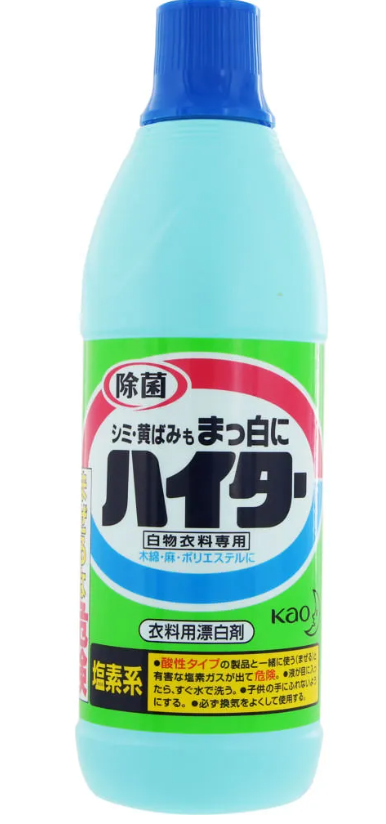
- Haiter (bleach): The simplest, laundry-type version shown in the image is best since it contains no unnecessary additives. Kitchen bleach can be used if needed.
- How much can it disinfect? A 900mL bottle can treat up to 90,000L of water — enough for about 4,500 days (over 12 years) if disinfecting 20L per day per person. One bottle is more than sufficient for disaster prep, even for large families.
- Cost: Around 200 yen — very affordable.
- Usage: Use just one drop per 5L of water. A dropper from a medicine bottle is perfect for accurate measuring.
Haiter is inexpensive, long-lasting, and incredibly efficient at purifying large volumes of water — truly a lifesaver in emergencies.
For other water sources beyond bathwater, we’ve summarized practical methods in a paid article (300 yen; 150 yen until June 30, 2025). It includes tips for using portable water purifiers. Feel free to check it out.
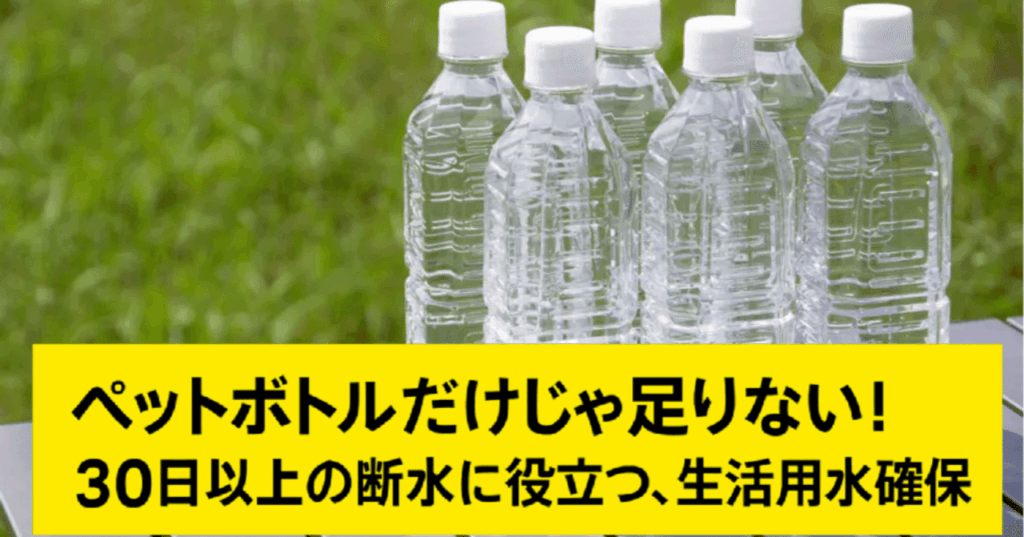
Summary: Prepare Now to Protect Your Baby’s Life
During disasters, “baby water” becomes a far more urgent issue than for adults.
Long-term water outages can make bottled reserves and water stations insufficient. That’s why knowledge and tools to safely collect and purify nearby water sources are crucial.
Now is the time to review your emergency supplies and make sure your family is fully prepared to protect your baby’s access to safe water. We hope this knowledge helps you stay calm and act wisely when the time comes.
